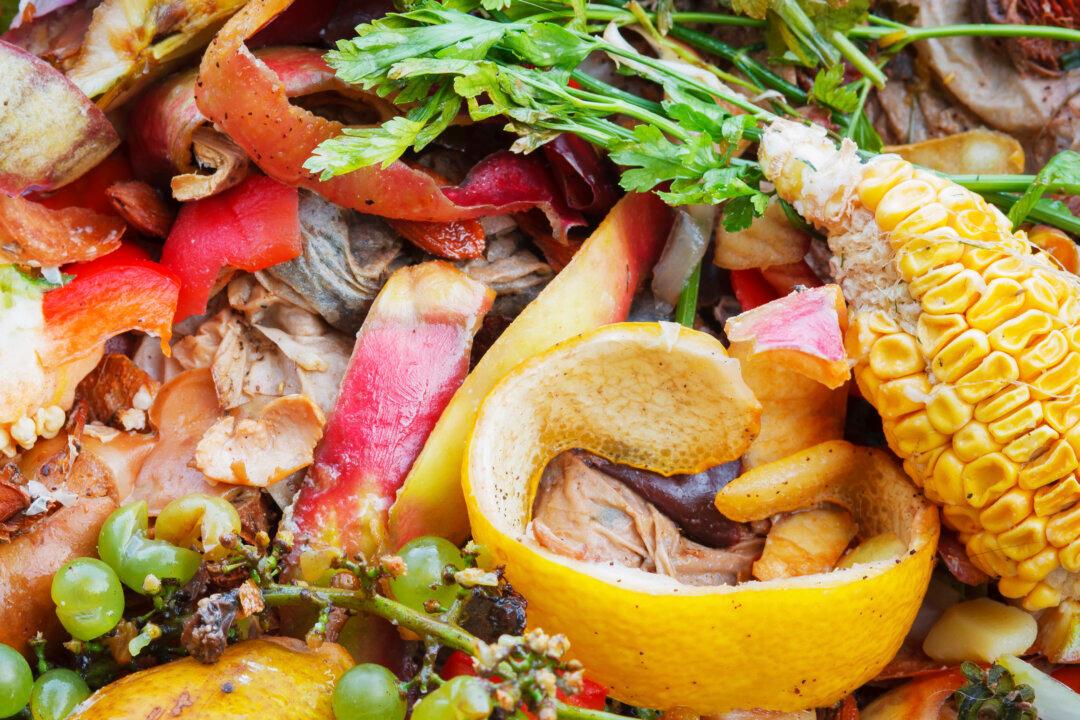Every culture has food waste. Some food waste is completely unavoidable. Yet, what one culture considers waste, another may just consider it delicious.
Here are some foods that the average American would not think twice about throwing away, but that other nationalities covet.

Banana peels are also know as banana skins. gemenacom/iStock photos




